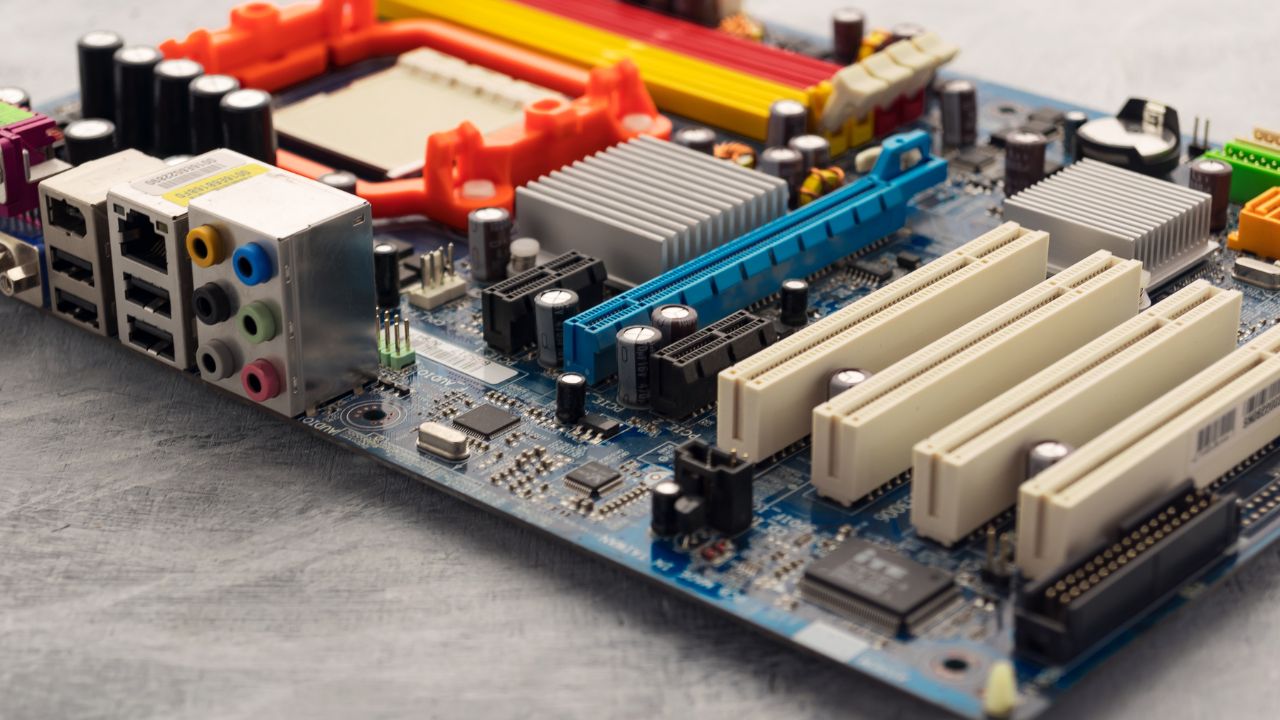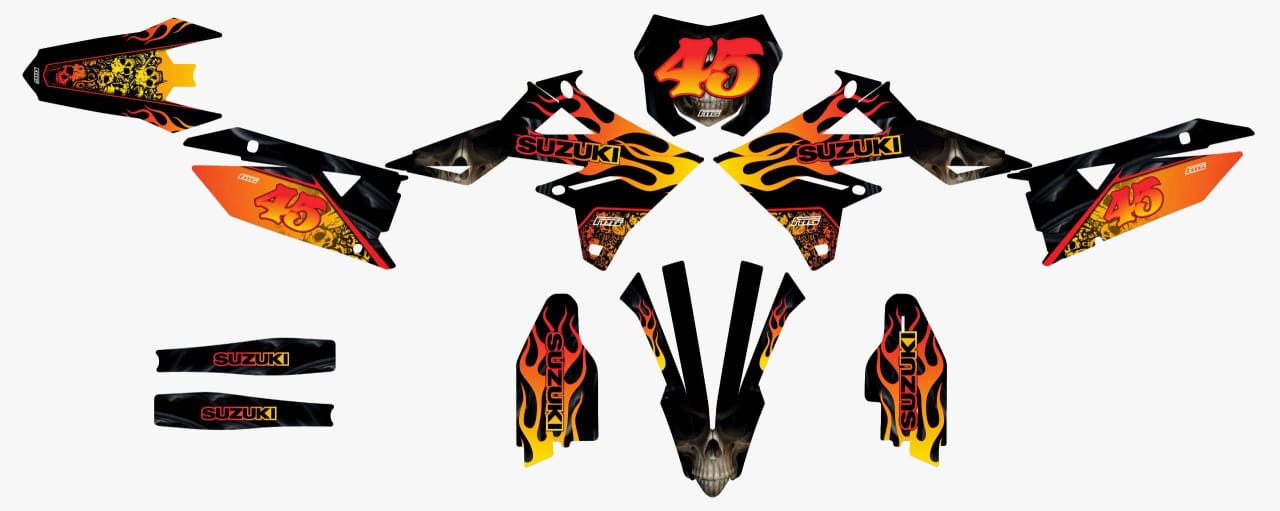As the Internet of Things (IoT) transforms industries, enterprises must prioritise secure IoT connectivity to safeguard sensitive data, maintain operational continuity, and ensure regulatory compliance. With over 30 billion IoT devices projected by 2030, the expanded attack surface demands robust, multi-layered security measures.
This article explores seven essential best practices for secure enterprise IoT connectivity, covering device security, encryption, access control, network segmentation, and more. We also highlight the best IoT platforms for secure deployments and discuss real-world use cases.
1. Implement Comprehensive, Multi-Layered Security
Effective IoT security requires a holistic approach across devices, networks, and applications. Key measures include:
- Secure hardware: Employ tamper-resistant enclosures, secure boot processes, and hardware-based cryptography (TPMs, HSMs).
- End-to-end encryption: Encrypt data at rest and in transit using strong algorithms (AES-256) and secure protocols (TLS, DTLS).
- Strong authentication: Deploy multi-factor authentication (MFA) for device and user access, and enforce unique, strong credentials.
- Regular updates: Ensure timely deployment of firmware and software patches to address emerging vulnerabilities.
2. Segment IoT Networks for Containment
Network segmentation is crucial for isolating IoT devices from core IT assets and limiting the blast radius of potential breaches. Best practices include:
- Private APNs and VPNs: Use private Access Point Names (APNs) for cellular connectivity and Virtual Private Networks (VPNs) to separate IoT traffic.
- Firewalls and IDS/IPS: Deploy firewalls, Intrusion Detection Systems (IDS), and Intrusion Prevention Systems (IPS) to monitor and filter network traffic.
- Micro-segmentation: Implement granular segmentation based on device type, function, and risk profile to enforce least-privilege access.
3. Ensure Continuous Monitoring and Incident Response
Proactive monitoring and swift incident response are essential for detecting and containing IoT security incidents. Key steps include:
- Real-time monitoring: Use Security Information and Event Management (SIEM) tools to establish baselines and detect anomalies.
- Incident response planning: Establish and regularly test a clear incident response process for rapid containment and remediation.
- Regular audits: Perform periodic security assessments and penetration testing to uncover vulnerabilities proactively.
4. Maintain Complete Device Visibility and Inventory
Effective IoT security starts with a comprehensive understanding of all connected devices. Best practices include:
- Automated asset discovery: Use scanning tools to maintain an up-to-date inventory of all IoT devices, including manufacturer, model, firmware version, and protocols.
- Risk profiling: Assign risk profiles to devices based on their access to sensitive resources and potential impact if compromised.
- Centralised management: Use IoT platforms with centralised dashboards for unified device visibility, control, and policy enforcement.
5. Choose the Best IoT Platforms for Secure Deployments
The best IoT platforms offer robust security features and enterprise-grade capabilities. Leading options include:
| Platform | Key Security Features | Industry Applications |
| Microsoft Azure IoT | End-to-end encryption, identity management, built-in compliance, advanced threat monitoring | Manufacturing, healthcare, logistics, utilities |
| AWS IoT Core | Mutual authentication, certificate management, fine-grained access control, network isolation | Automotive, smart cities, agriculture |
| Google Cloud IoT Core | Device authentication, secure data ingestion, integration with Security Command Center | Energy, retail, industrial IoT |
| Cisco IoT Control Center | Private APNs, real-time device monitoring, automated threat response | Telecom, automotive, industrial IoT |
| IBM Watson IoT | Encrypted communications, device lifecycle management, compliance tools | Manufacturing, healthcare, supply chain |
6. Secure Your Inventory Tracking Programs
Inventory tracking programs leveraging IoT sensors (RFID, GPS, BLE) provide real-time asset visibility but also introduce security risks. To safeguard these deployments:
- Use encrypted communication between devices, gateways, and cloud platforms.
- Implement tamper detection on asset tags and tracking devices.
- Enforce role-based access to inventory data, limiting visibility to authorised users only.
- Enable real-time anomaly detection to identify suspicious device behaviors or inventory movements.
| Solution | Security Features | Core Technologies | Industry Use Cases |
| Zebra MotionWorks | Secure device authentication, encrypted data, role-based access | RFID, BLE, cloud analytics | Retail, manufacturing, logistics |
| Oracle IoT Asset Monitoring | Device identity management, secure data ingestion, anomaly detection | IoT sensors, cloud, AI/ML | Supply chain, cold chain, pharma |
| IBM Maximo | Data encryption, access control, continuous monitoring | IoT, AI, predictive analytics | Industrial equipment, utilities |
7. Stay Informed on Emerging Trends and Threats
As IoT technologies evolve, so do the security risks. Enterprises must stay vigilant and adapt their defenses accordingly. Key trends to watch include:
- Zero Trust architectures: Requiring continuous verification of all users and devices, even within trusted networks.
- AI-driven threat detection: Integrating machine learning with SIEM and monitoring platforms for real-time anomaly detection.
- Blockchain for IoT security: Using blockchain to immutably log device transactions, enhancing trust and transparency.
Real-World Examples:
- Philips Healthcare secures patient-monitoring devices using hardware-based encryption, unique device identities, and continuous monitoring to meet HIPAA requirements.
- Rolls-Royce connects jet engines to the cloud using Azure IoT Hub with device authentication, encrypted telemetry, and SIEM integration for predictive maintenance.
- Decathlon uses Zebra’s RFID IoT solutions to track inventory in real-time, leveraging secure device onboarding and role-based access to prevent shrinkage.
In summary, secure IoT connectivity is critical for enterprises to protect sensitive data, maintain operational integrity, and ensure compliance. By implementing multi-layered security measures, choosing the best IoT platforms, securing inventory tracking programs, and staying informed on emerging trends, organisations can safely harness the transformative power of IoT.
When it comes to enterprise-grade IoT connectivity in India, Airtel IoT stands out with its robust platform, millions of securely connected devices, and 95% network coverage. Airtel’s IoT solutions, built on a foundation of security and reliability, enable businesses to confidently deploy large-scale IoT projects across industries.








